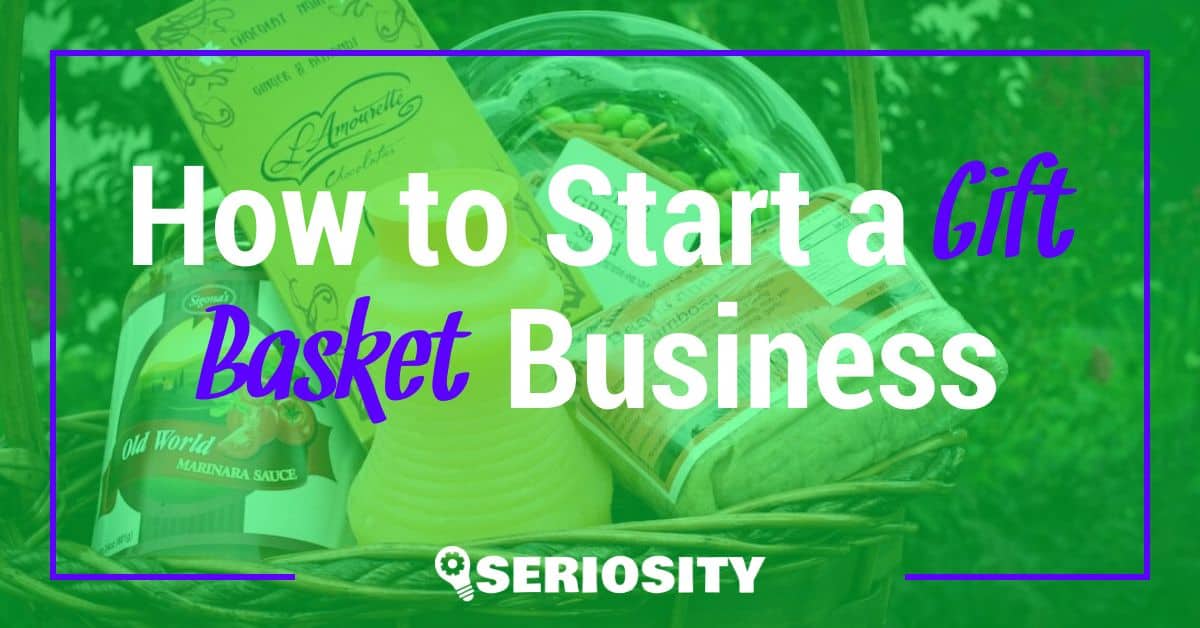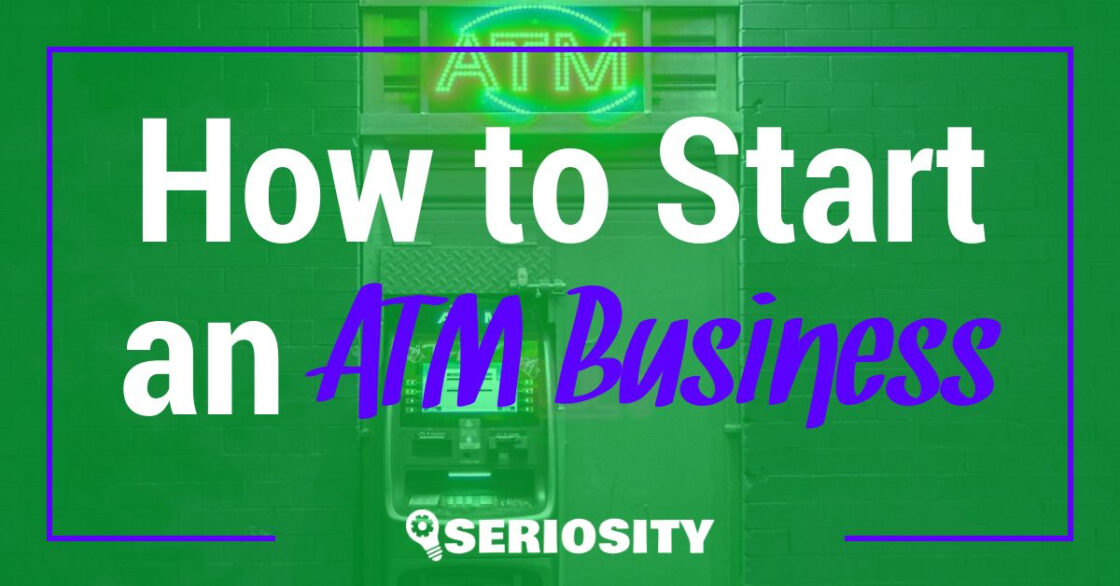Starting a gift basket business can be an enjoyable and lucrative endeavor for those with a creative spirit and an eye for detail. This type of venture offers ample opportunities for customization, allowing entrepreneurs to cater to various occasions and preferences of their potential customers. Whether it’s a simple thank-you gesture or a more elaborate celebration, there’s always a reason for people to send a thoughtful present, making the gift basket industry highly relevant and in demand.
As with any business venture, embarking on the path of creating a successful gift basket enterprise requires careful planning, market research, and an understanding of the necessary supplies and tools. A clear understanding of your niche, along with a memorable business name, will be essential for attracting customers and standing out among competitors. Sourcing quality supplies, designing visually appealing baskets, and streamlining the production and delivery process will all contribute to the success and growth of the business.
Throughout this article, we will guide you through the process of starting a gift basket business from the ground up. We will provide valuable insights into essential steps such as determining your niche, developing a comprehensive business plan, and acquiring the necessary supplies and resources. By following these steps, you will be well-equipped to launch and grow your very own gift-basket venture with confidence and ease.
Market Research and Planning
Identifying Your Niche
When starting a gift basket business, it’s crucial to find a niche market that sets your business apart from competitors. Consider focusing on specific occasions, themes, or target audiences. This could include:
- Holiday-themed baskets
- Baby shower and newborn gifts
- Gourmet food or wine selections
- Fitness or wellness baskets
- Baskets tailored to specific professions or hobbies
Understanding Your Target Market
Defining your target market is an essential step in effectively marketing your gift baskets. Some factors to consider when identifying your target market are:
- Age and gender demographics
- Income levels
- Regional or cultural preferences
- Special interests, hobbies, or occupations
Understanding your target market helps you create products that appeal to their needs and preferences. It also helps you focus your marketing efforts and messaging effectively.
Analyzing the Competition
Perform a competitive analysis by researching existing gift basket businesses in your area or niche. Identify:
- Popular products and design themes
- Unique selling points or differentiators
- Pricing strategies
- Marketing channels and tactics
By analyzing your competition, you can identify trends and strategies that work well and uncover opportunities for improvement or distinction in your own business.
Market Analysis
Conducting a thorough market analysis is crucial when developing your business plan. To do this, consider the following factors:
- Market size and growth potential: Estimate the number of potential customers in your target market, based on your niche and regional focus.
- Industry trends: Analyze the gift basket industry’s trends, such as demand for eco-friendly or sustainable products, and adapt your business accordingly.
- Market opportunities: Identify any gaps in the market that your business can fill, such as a lack of high-quality or niche-specific baskets.
- Market challenges: Consider external factors that might affect your business, such as economic conditions, seasonality, or supply chain disruptions.
Using the insights gained from your market research and planning, you can set up your gift basket business for success by selecting a niche, understanding your target market, analyzing the competition, and conducting a thorough market analysis.
Creating a Gift Basket Business Plan
Executive Summary
The gift basket business plan should begin with a comprehensive executive summary that provides an overview of the business. This should include a brief description of the products and services, target market, and the unique selling proposition of the business. It may also include information about the founder’s background and experiences, as well as the company’s mission and vision statements.
Product and Services
- Gift Baskets: Offer a variety of creatively designed and themed gift baskets, containing items such as chocolates, drinks, gourmet food, spa products, or other unique items for various occasions.
- Customization: Allow customers to create their own personalized gift baskets, by choosing specific items or suggesting themes, to suit their specific needs and preferences.
- Delivery: Provide different delivery options, including same-day, standard and express shipping to cater to different customer needs.
Market Strategy and Sales Channel
- Target Audience: Identify the ideal customer profile, such as corporate clients, individuals looking for personalized gifts, or users interested in specialized themes.
- Competitive Analysis: Research and understand the market landscape, including competitors, their strengths, weaknesses, and pricing strategies.
- Marketing Plan: Develop a plan to promote the business through various channels like social media, online advertisements, and partnerships with other businesses.
- Sales Channel: Leverage an e-commerce platform to make products easily accessible to customers, while also considering possible physical storefronts or pop-up shops.
Operations and Management
- Supplier Relationships: Establish relationships with reliable suppliers to ensure a consistent supply of high-quality materials and products.
- Inventory Management: Implement effective systems for tracking inventory levels, reordering before stock shortages, and managing the storage of materials and products.
- Shipping and Delivery: Plan and coordinate logistics for shipping and delivering gift baskets in a timely and cost-effective manner.
- Organizational Structure: Clearly define roles and responsibilities for team members, such as sourcing products, designing gift baskets, fulfilling orders, and handling customer inquiries.
Financial Projections
| Year | Revenue | Expenses | Profit |
|---|---|---|---|
| 1 | $X | $Y | $Z |
| 2 | $A | $B | $C |
| 3 | $D | $E | $F |
- Revenue: Estimate potential revenue based on market trends, customer demand, and pricing strategies.
- Expenses: Calculate the cost of products, shipping, marketing, overhead, and other operational expenses.
- Profit: Determine the projected profit by subtracting expenses from revenue, taking into account possible fluctuations and growth.
Focus on creating a detailed and realistic financial projection to help with budgeting and decision-making, as well as assessing the overall viability of the gift basket business.
Setting Up Your Business Legally
Choosing Your Business Structure
There are a few common types of business structure to choose from when setting up your gift basket business:
- Sole Proprietorship: simplest structure; you are the only owner and responsible for all the decisions and liabilities.
- Partnership: Two or more people share ownership and responsibility. This can be a general partnership or a limited partnership.
- Limited Liability Company (LLC): Hybrid between a partnership and a corporation, offering limited liability protection to the owners.
Consider factors like liability, taxation, and record-keeping while choosing the appropriate business structure.
Registering Your Business Name
After choosing your business structure, you need to register your business name. Here is a simplified process:
- Choose a unique and memorable business name.
- Check the availability of your chosen name.
- Register your chosen name to reserve and protect it.
Licenses and Permits
Obtain necessary licenses and permits to operate your gift basket business legally:
- Federal licenses: you may need to obtain if your business involves activities regulated by federal agencies.
- State licenses: obtain from your state’s business office; requirements may vary by state and specific business activities.
- Local permits: check with your city or county government offices for the necessary permits, such as zoning or building permits.
Business Bank Account
Open a business bank account for your gift basket business, which helps:
- Separating your personal and business finances.
- Managing the cash flow of your business.
- Preparing financial statements and tax returns.
Typically, you’ll need the following documents to open a business bank account:
- Employer Identification Number (EIN) or Social Security Number (SSN)
- Business registration documents
- Identification documents (e.g., driver’s license)
Taxes
Understand your tax obligations and register your business for taxes:
- Federal taxes: file income tax and employment tax returns to the Internal Revenue Service (IRS).
- State taxes: depending on your state, you may have to submit state income tax and sales tax returns.
- Sales tax: collect and remit the appropriate sales tax to the state, if applicable to your business.
Make sure to stay compliant with all tax requirements and deadlines to avoid penalties or fines.
Developing Your Product Line
Selecting Gift Basket Items
When developing your product line, it’s essential to select a variety of gift items that cater to different tastes, interests, occasions, and budgets. Some popular gift basket items include:
- Gourmet foods (e.g., chocolates, cheeses, snacks)
- Beverages (e.g., wine, coffee, tea)
- Personal care products (e.g., soaps, lotions)
- Home decor items (e.g., candles, picture frames)
- Specialty items (e.g., baby products, pet products)
It can be helpful to create different categories of gift baskets, such as luxury or affordable baskets, to target various customer segments.
Types of Baskets and Themes
The type of basket you choose and the overall theme for your gift basket can play an essential role in attracting customers. For the type of basket, consider using a range of materials and styles to match different preferences, such as:
- Wicker or woven baskets
- Wooden or bamboo trays
- Metal tins or galvanized tins
- Fabric-lined boxes
For themes, select gift items that complement each other and can be easily adapted to various occasions, such as:
- Birthday celebrations
- Holidays (e.g., Christmas, Easter, Valentine’s Day)
- Get well soon wishes
- Housewarming gifts
- Baby showers or weddings
By offering diverse types of baskets and themes, you can create a tailored and memorable gift-giving experience for your customers.
Sourcing Products at Wholesale Prices
To maximize your profit margins while providing competitive pricing for your gift baskets, consider sourcing products at wholesale prices. Many suppliers and manufacturers offer discounted rates for businesses that purchase large quantities. Some options for sourcing products include:
- Local wholesalers
- Online wholesale distributors
- Direct relationships with manufacturers
- Trade shows or industry events
When selecting your sources for products, consider factors such as quality, uniqueness, and shipping fees. By sourcing items at wholesale prices, you can offer a varied product line while maintaining a healthy profit margin.
Pricing and Profit Margins
Setting Prices for Your Gift Baskets
When setting prices for your gift baskets, it’s essential to consider all associated costs, such as materials, shipping, overhead fees, and rent. This will help ensure that your pricing strategy reflects a healthy profit margin. Here are some key points to consider when pricing your gift baskets:
- Assess the costs of raw materials and supplies required for creating the baskets
- Calculate packaging and shipping expenses
- Factor in overhead costs such as rent, utilities, and insurance
- Analyze prices of competitors in the market for a better understanding of industry standards
Calculating Labor and Startup Costs
Labor and startup costs are crucial factors to consider when determining the pricing for your gift baskets. To assess these costs, consider the following aspects:
- Labor costs:
- Hourly wages for any employees or outsourced services
- The time spent sourcing materials and assembling the baskets
- The costs of training and skill development for those involved in creating the baskets
- Startup costs:
- Initial investment in equipment and supplies
- Marketing and promotional expenses
- Registration and licensing fees
- Website and e-commerce setup costs
Account for these costs while pricing your gift baskets to maintain a sustainable business model.
Maximizing Revenue and Profits
To maximize revenue and profits, aim for a profit margin of about 40%. Implement strategies to increase efficiency, reduce expenses, and boost sales:
- Target a niche market to cater to a specific audience and differentiate from competitors
- Offer customization options to attract a larger customer base
- Utilize effective marketing tactics to increase visibility and drive sales
- Explore bulk order discounts for corporate clients or special events
- Nurture existing customer relationships through loyalty programs and excellent customer service
By implementing these strategies and continuously evaluating your pricing, startup, and labor costs, your gift basket business can achieve sustained growth and profitability.
Marketing Your Gift Basket Business
Building a Strong Brand Presence
To successfully market your gift basket business, it is crucial to establish a strong brand presence. This involves creating a memorable and unique logo that represents your business and its offerings. Be sure to create a consistent design and color scheme on all marketing materials, such as packaging, promotional items, and your website.
Additionally, setting up social media accounts for your business is an effective way to reach a wider audience and create a community around your brand. Platforms like Facebook, Instagram, and Pinterest are excellent for showcasing your products and connecting with customers.
Targeting Your Audience with Marketing Strategies
Efficiently targeting your desired audience is essential for the success of your gift basket business. Begin by defining your target market, which may include specific demographics or interests that align with your business offerings. Examples of target markets may be corporate clients, new parents, or pet owners.
Once you have identified your target audience, consider implementing various marketing strategies to reach them:
- Utilize Google AdWords to run targeted online ads that attract potential customers searching for gift basket products or services.
- Create targeted email marketing campaigns that send promotions, discounts, and new product updates to subscribers.
- Offer limited-time coupons or special deals on your website or social media platforms to encourage sales and customer loyalty.
- Attend industry events or local craft fairs to showcase your products and network with potential customers.
Expanding Sales Channels Online and Offline
Leveraging both online and offline sales channels is crucial for the growth of your gift basket business. Here are a few ways to expand your sales avenues:
- Create an eCommerce website, allowing customers to browse and purchase your gift baskets online. Include high-quality images and detailed descriptions for each product.
- Establish partnerships with local brick-and-mortar stores that may be interested in selling your gift baskets.
- Utilize popular online marketplaces like Amazon and Etsy to sell your products, increasing your brand’s visibility and reach.
- Collaborate with other businesses or influencers within your target audience’s interests to create joint promotional campaigns or exclusive product offerings.
By following these strategies, you will efficiently market your gift basket business, subsequently attracting your target audience and expanding your sales channels both online and offline.
Operating and Growing Your Gift Basket Business
Managing Your Business Operations
As an entrepreneur starting a gift basket business, it’s essential to establish effective operations management. This includes keeping track of inventory, supplier relationships, and daily tasks related to your business. Implementing a well-organized system for managing your operations will save you time, increase efficiency, and set the stage for growth.
Some key operational aspects to consider include:
- Inventory management: Ensure that you always have sufficient supplies and materials on hand to create your gift baskets.
- Supplier relationships: Develop strong relationships with reliable suppliers, as they can be critical in keeping your costs down and your quality consistent.
- Task delegation: If you have employees, assign specific tasks and responsibilities to keep the operation running smoothly.
Embracing Creativity and Flexibility
In the gift basket business, creativity and flexibility are essential for success. You need to continually come up with innovative business ideas and varied designs to stand out from the competition. Experiment with different themes, color schemes, and products in your baskets to create unique and appealing offerings for your customers.
Flexibility is also crucial when it comes to accommodating your clients’ needs. You may need to customize baskets according to individual preferences or make revisions based on customers’ feedback. This adaptability will help you build strong relationships with your clientele and encourage repeat business.
Monitoring Trends and Adapting as Needed
Staying updated on industry trends and fluctuations is vital for any entrepreneur to ensure that their business remains profitable and relevant. In the gift basket industry, this can involve:
- Seasonal trends: Keeping track of seasonal themes and occasions, such as holidays, graduations, and birthdays, is essential in adapting your product offerings throughout the year.
- Market demand: Monitor your customer preferences as well as overall market trends to understand which types of gift baskets are in high demand and adjust your offerings accordingly.
- Industry developments: Stay informed about new materials, products, or packaging techniques that might benefit your business, and incorporate them as needed to stay ahead of your competition.
By implementing these strategies for managing operations, embracing creativity, and monitoring trends, you’ll be well on your way to establishing a thriving gift basket business.
Case Studies and Success Stories
Learning from Successful Gift Basket Business Founders
One notable success story in the gift basket industry is Vowed Box Co., which generates $4.8K per year. The founder developed the business by tapping into the seasonal demand for gift baskets, always offering something new to customers in tune with market trends.
Additionally, taking cues from these case studies can be beneficial:
- Dress Inn
- Nature Basket
- Goal Inn
These founders expanded their businesses by understanding the need for variety while sustaining relationships with clients.
Understanding the Pros and Cons of Running a Home-Based Gift Basket Business
A home-based gift basket business offers several advantages, such as low startup costs and flexibility. Nevertheless, it also comes with certain drawbacks that should be carefully considered.
Pros:
- Minimal startup costs
- Flexibility to work part-time or full-time
- Possibility of operating from home
Cons:
- Space constraints, limiting stock and inventory
- Balancing work-life responsibilities
- Client acquisition challenges
By evaluating the pros and cons of running a home-based gift basket business, aspiring entrepreneurs can make informed decisions based on successful founder case studies and their specific circumstances.





